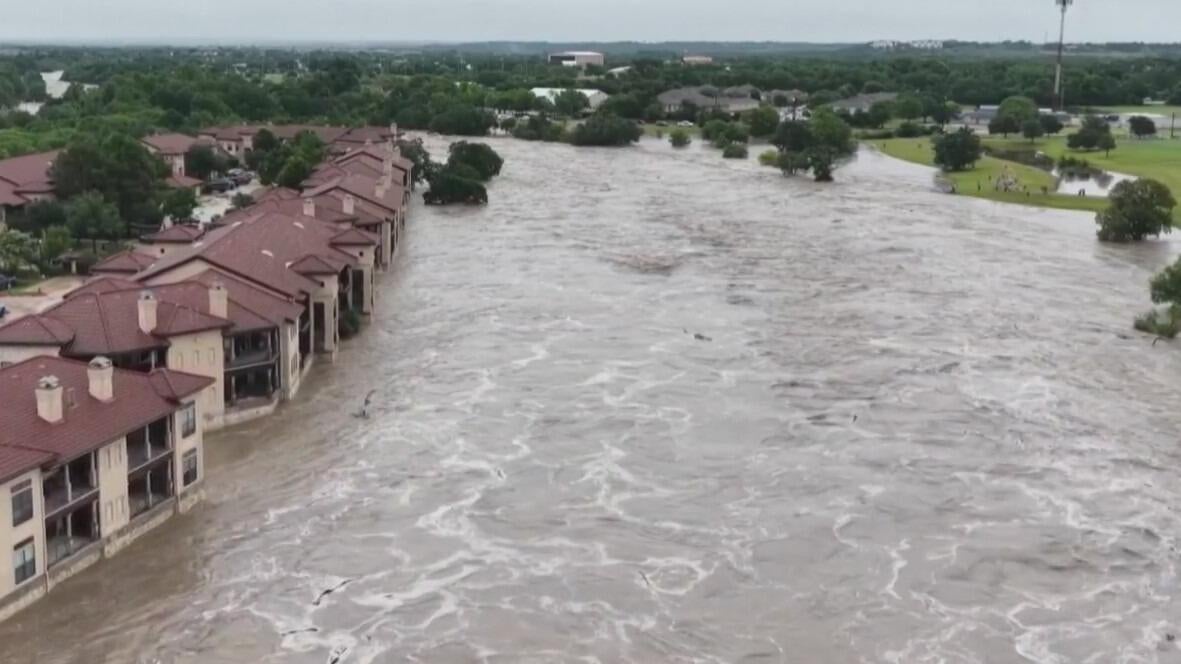Texas Flood Disaster: What Climate Science Reveals About the Rising Threat of Extreme Weather
Torrential rains swept through central Texas over the July 4th weekend, triggering devastating flash floods that claimed the lives of more than 100 individuals—many of them children. While forecasters had issued heavy rainfall alerts, the magnitude and speed of the rising waters took many residents by surprise. The floods occurred under the cover of darkness, limiting evacuation efforts and complicating emergency response.
/https://static.texastribune.org/media/files/0391a56be4753263782d1110e75e9895/0705%20Flood%20REUTERS%2001.jpg)
Though no single storm can be definitively attributed to climate change, a growing consensus among climate scientists suggests that human-driven global warming is intensifying these types of extreme weather events—making them more frequent, more severe, and far more deadly.
The Scientific Warning: A Storm Long Foretold
For decades, climate experts have predicted that a warming atmosphere would lead to heavier and more dangerous rainstorms. According to Dr. Daniel Swain, a climate scientist with the California Institute for Water Resources, the recent floods in Texas are a textbook example of this emerging pattern.
“There is abundant evidence that these kinds of highly extreme rain events—those that push beyond historical norms—are becoming more common,” Swain explained. “And the reason is clear: a warmer atmosphere can hold significantly more moisture.”
Swain emphasized that while forecasts from the National Weather Service (NWS) were largely accurate, pinpointing exactly where and how intense flash floods will occur remains an enormous challenge—even with sophisticated modeling tools.
The Gulf’s Role in Fueling the Deluge
The Gulf of Mexico, bordering Texas to the southeast, has seen substantial warming in recent years. This warming drives evaporation, feeding storms with an unusual abundance of moisture. As this moisture-laden air rises—often due to Texas’ varied topography—it condenses and unleashes torrents of rain.
Andrew Dessler, professor of atmospheric science and director of the Texas Center for Extreme Weather at Texas A&M University, added that this process is now accelerating.
“One of the oldest and most robust predictions in climate science is that heavy rainfall will get heavier,” Dessler said. “That’s exactly what’s happening. The warmer the air, the more water it can carry—and when that air rises, all that moisture gets squeezed out.”
Topography Turned Tragedy
The geography of central Texas played a significant role in exacerbating the disaster. While cities like Houston are flat and equipped with relatively advanced drainage infrastructure, the Texas Hill Country features a rugged terrain that funnels rainwater into narrow valleys. This natural funneling accelerates the rise of rivers and overwhelms any manmade defenses.
In cities built on hills, rain doesn’t slowly seep into the ground—it rushes down, accumulating in waterways at an alarming pace. Dessler described how quickly the Guadalupe River swelled as a result, stating that “river levels can rise exceedingly rapidly when this much water enters the system all at once.”

Fossil Fuels and the Climate Equation
According to Dr. Jennifer Marlon, a senior research scientist at the Yale School of the Environment, the underlying cause of these increasingly violent weather events is well understood: fossil fuel emissions.
“Scientists have known for over a century that burning fossil fuels warms the planet,” Marlon said. “Gas-powered transportation and methane-based electricity generation are filling the atmosphere with carbon dioxide—a potent heat-trapping gas. The consequence is a warmer atmosphere and, in turn, more severe weather patterns.”
Marlon emphasized that flash floods have always been part of nature, but they are growing more destructive due to the excess heat trapped in Earth’s climate system.
Facing the Future: Adaptation and Mitigation
Experts agree that mitigating the worst effects of climate change requires a dual strategy: reducing emissions while investing in infrastructure that can handle stronger storms.
“We need to modernize our flood defenses, invest in better warning systems, and pivot quickly toward renewable energy like solar and wind,” Dessler urged. “Not only are renewables better for the environment—they’re also cheaper in the long run.”
But to make such transitions, strong leadership is essential. Marlon stressed that elected officials must take ownership of climate adaptation, helping communities not just recover, but prepare for what lies ahead.
“Citizens have the power to demand change,” she said. “Ask your leaders what they’re doing to address the root causes of climate disruption. A serious commitment to clean energy isn’t optional anymore—it’s urgent.”
As Texas mourns the lives lost and begins the long road to recovery, one thing is clear: the storms of tomorrow will be shaped by the choices we make today.
Main Source:
ABC News: “Deadly Texas floods and the link to climate change” – Matthew Glasser, July 2025